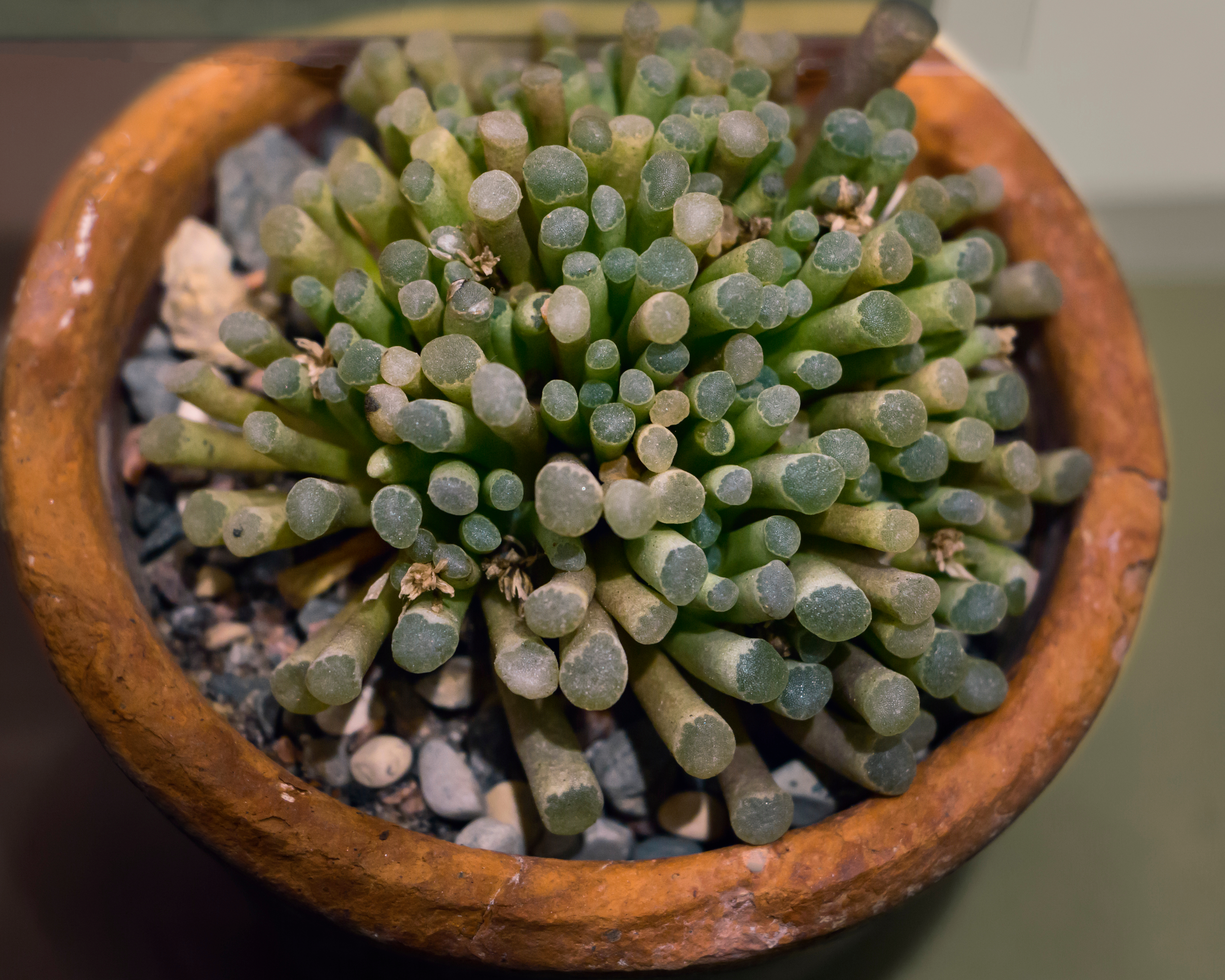Frithia humilis
(Frithia humilis)

Description
Frithia humilis is a species of plant in the family Aizoaceae. It is one of the few members of Aizoaceae growing endemic to the summer-rainfall region of South Africa. It is restricted to two provinces of South Africa: Gauteng and Mpumalanga. This small plant consists of a cluster of long, succulent leaves that stick out just above the sandy gravel, with a thickened underground rootstock. The leaves lose water and contract during drought, hiding underground and so preventing more water loss. Frithia is a genus of succulent plants in the family Aizoaceae, indigenous to several small rocky areas in the vicinity of Gauteng Province, South Africa. Like several of its close relatives (e.g. Fenestraria) and other plants in its ecotype (e.g. some species of Haworthia and Bulbine) it has epidermal windows (translucent areas in its leaves) as an adaptation to the difficulties of photosynthesis in its arid environment. Frithia are summer-growing species, as their natural habitat lies in a summer-rainfall region. They grow in very well-drained, sandy soil, with repetitive light watering in summer and a dry environment in winter.
Taxonomic tree:







